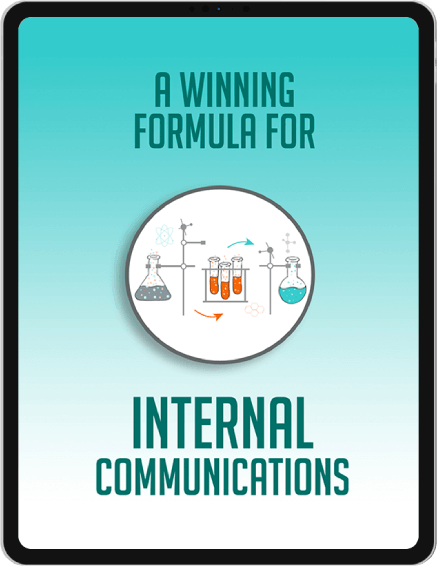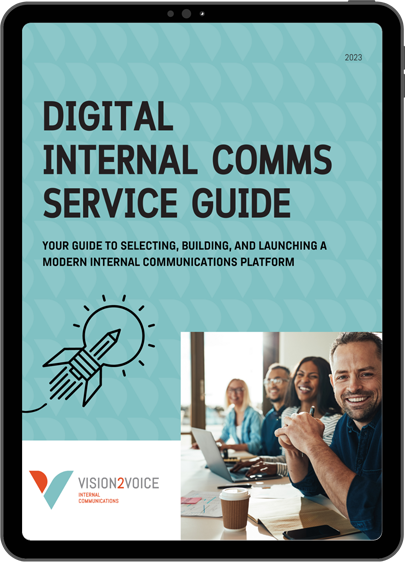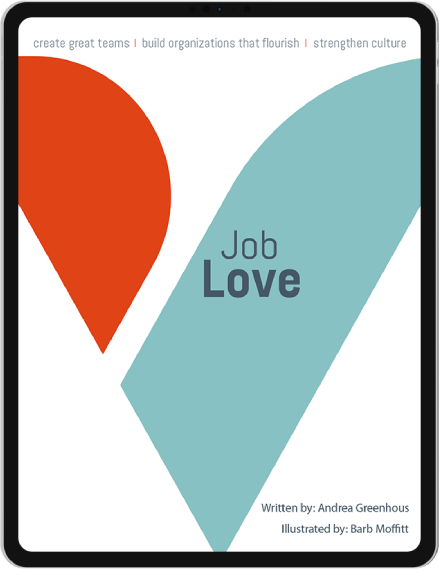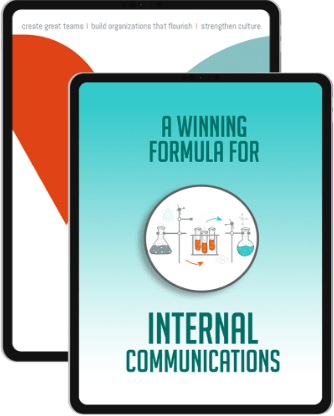
What I have learned about change management
After more than 20 years in the change management field, I’ve seen a lot of companies make fundamental changes that impact the business and their employees – but without actually focusing on their employees! Employee adoption can be unpredictable but is absolutely critical to success, which is exactly why you want to focus on your people from the get-go.
Here is the thing about change:
- It’s a necessary part of life … and business
- Every organization has their own change experience
- Every person has their own struggle with change
No one loves change. Like Woodrow Wilson said, “If you want to make enemies, try to change something.” But change is inevitable if you want to grow and prosper – and that’s where change management comes in.
Change management is a discipline or practice that helps people survive and thrive in times of change. It focuses on people at all levels of the organization from the CEO to the ‘boots on the ground’ and provides them with what they need to adapt.
There are many change management theories, approaches, and models – you’ve got ADKAR, Agile, and Lean. And there are a number of thought leaders, writers, and books on the topic – John Kotter, Dr. Daniel Goleman, Who Moved My Cheese, and Our Iceberg is Melting are just a few to note.
Yet despite its importance and all of the information and expertise available, the current statistic often cited about the success of change efforts is that roughly 70% fail. These are million dollar initiatives that somehow don’t realize their intended benefits. Ouch!
I have worked on change efforts for the past 20 years, starting when the company I was working for went on an acquisition spree buying up four other companies in North America and Europe. Along the way, I have developed my own thoughts about change:
Change is hard for two reasons
One is that we are creatures of habit and those provide comfort – change pushes us out of our comfort zone.
A change also requires us to harness both the rational side of our brains and the emotional side. In their book Switch, authors Chip and Dan Heath say, “Our rational mind wants the beach body, while the emotional mind wants the Oreo cookie.
Your employees care about the future
It doesn’t matter if your employees wear hard hats or suits, their work is important and the future of the company has an impact on their life. Everyone wants to know why certain decisions are made and why things are changing. It is human nature.
No projects are started with the goal of making things worse
The goal of a change or transformation initiative is always to build value or to improve the bottom line (even the triple bottom line, which is people, planet, profit). Once, when I was conducting a focus group, a gentleman told me that, ‘the light at the end of the tunnel was always a train’. I am sure this was not the intent of the transformation initiatives, but somehow this was his experience. A successful change management strategy ensures everyone at all levels understands why the change is happening (and how it will benefit them) from the very beginning of the project.
One size does not fit all
You can’t pull out an eight-step program or a five-stages of change model and apply it to any change project without taking the time to develop deep insight into the impact of the change on the people. For example, employees might be excited and thankful that a new financial system is in place but get frustrated and bogged down because it is time-consuming, doesn’t forgive mistakes, and not the easiest system to adapt to (ERP anyone?). In this case, job aids, mentoring, and other solutions can help people adapt but you can lighten up on the case for change because people have bought into the idea.
The challenge
I read an article recently that talked about reducing the friction to make it easier for people to change, which I thought was an interesting way of looking at the challenge of change. When I think of my own experience this makes a lot of sense. I like change and am an early adopter, but I get bogged down when I can’t figure something out. I get frustrated because I have a lot of things I want to get done in a day, and spending two hours figuring out a new app just doesn’t fit into my schedule. Identifying and reducing this kind of friction can go a long way in helping your busy employees adapt.
Our approach to change focuses on inspiring, involving, and informing people. There are many different solutions to the vast array of problems that can be associated with change, but with the right approach, those issues can be effectively managed, and your employees can go from being change-averse to being your project’s biggest champions.
Contact us today to chat about what your customized change management approach might look like, or check out our fact-sheet about the importance of focusing on the people side of technology projects.

A Winning Formula for Internal Communications
Read The Free eBook
Our eBook shares our unique formula for building business culture and driving success. Find out the 3 key factors in attracting, inspiring and retaining high-calibre talent. Get your free copy when you subscribe to our newsletter. Be the first to know about new blog posts and stay up to date with industry news.
Download the ebook





